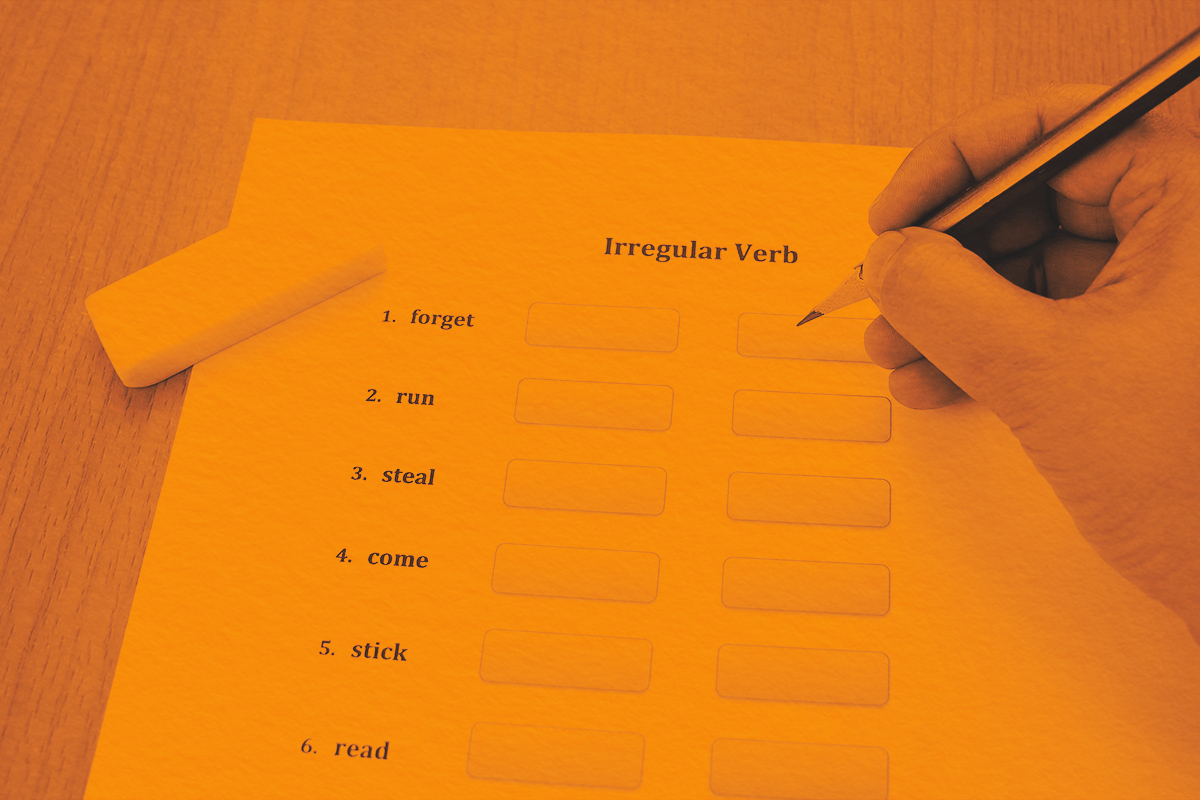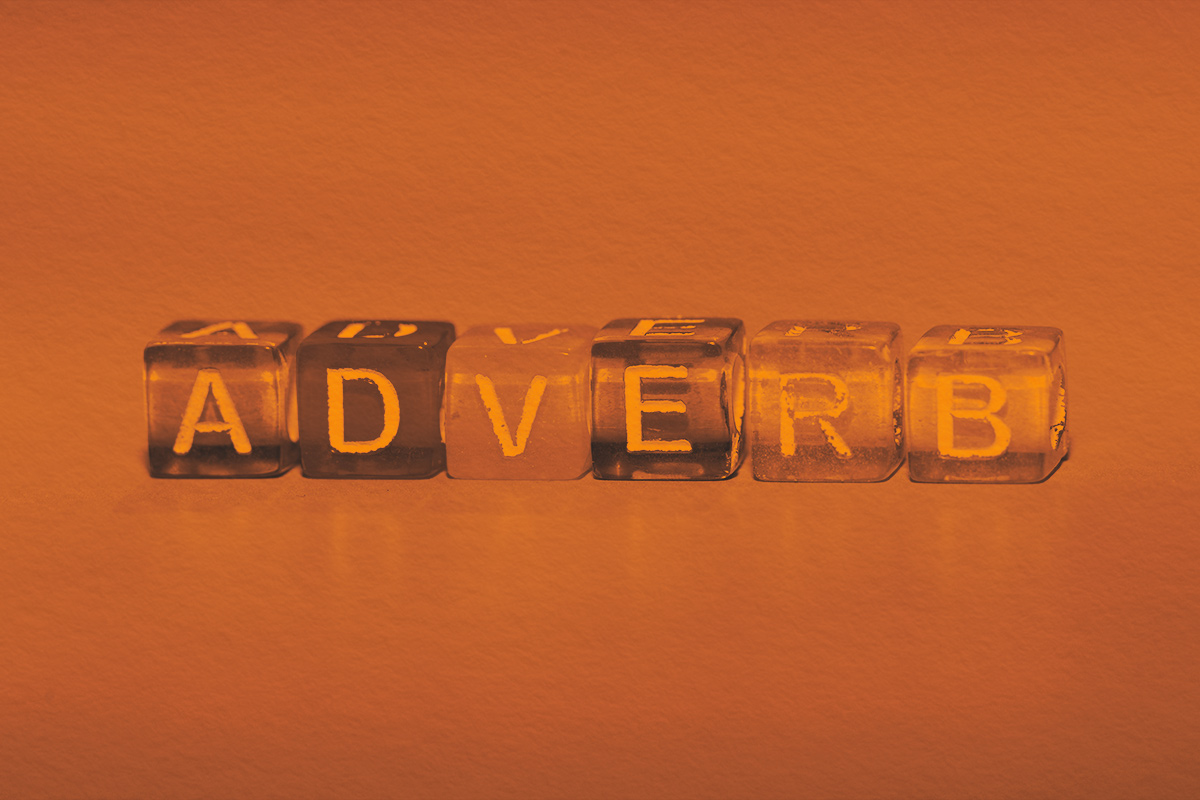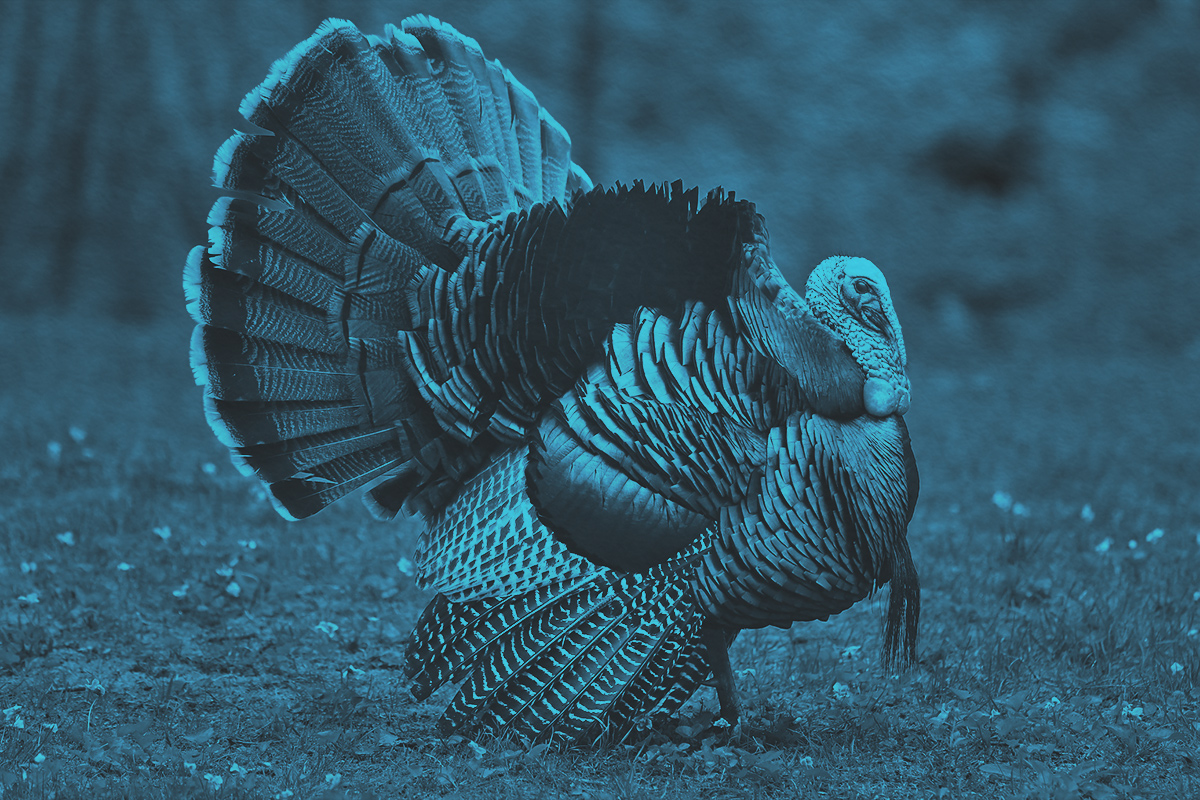
Training a dog is undoubtedly cumbersome. From teaching the basics like “sit” and “stay” to perfecting polite leash walking, the journey consists of a never-ending cycle of commands. One command stood out during a recent training session with my dog: “Lie down.” Or is it “lay down”? These similar verbs are often confused, and I was determined to get to the bottom of it.
“Lie” and “lay” look, sound, and act similarly, but the correct command for a dog to assume a horizontal position is “lie down.” If you want the grammatical explanation, here’s why: “Lie” is an intransitive verb, meaning it does not require a direct object to form a grammatically correct sentence, as in, “I want to lie down” — no direct object here. When used for positioning (not for fibbing), “lie” has a few usages. Most commonly, it means “to be or to stay at rest in a horizontal position” (“lie asleep”), but it can also mean “to occupy a certain relative place or position,” as in, “The mountains lie ahead of us.”
Now, I’ve been guilty of saying the phrase “lay down” as a command to my dog or about myself (“I think I’ll go lay down”). It feels more casual than “lie down,” but it’s grammatically incorrect. “Lay” is a transitive verb, meaning it does require a direct object to form a coherent sentence. For example, you might say, “Please lay your belongings on the table.” The confusion arises because “lay” means “to set (something) down” or “to place (something) for rest,” which aligns somewhat with the meaning of “lie.” However, “lay” is the correct choice when a subject is acting on an object. For example, “I am laying the tablet down” is a correct usage because “I” (the subject) am setting “the tablet” (the object) down.
The real challenge in mastering the “lay” vs. “lie” conundrum, however, is in their past participles. The past tense of “lay” is “laid,” while the past tense of “lie” is “lay.” It’s no wonder this pair causes such confusion. Consider these examples of the tenses of “lay”: “I lay the book on the table” (present tense) and “I laid the book on the table” (past tense). Now, consider how the following present and past tense versions of “lie” can cause confusion: “I lie in bed until my alarm goes off” (present tense) and “I lay in bed until my alarm went off” (past tense). While some of these phrases may sound awkward, practice will help you get these nuances right. Whether polishing your professional writing or teaching your dog new tricks, you’ll do so with impeccable grammar.





















